Flood death toll in Pakistan climbs to 759; KP records 454 fatalities since June
Punjab saw 165 deaths, Sindh 42, Balochistan 23, GB 45, Pakistan-administered Kashmir 22, and Islamabad 8, NDMA reports

Aamir Abbasi
Editor, Islamabad
Aamir; a journalist with 15 years of experience, working in Newspaper, TV and Digital Media. Worked in Field, covered Big Legal Constitutional and Political Events in Pakistan since 2009 with Pakistan’s Top Media Organizations. Graduate of Quaid I Azam University Islamabad.

Kamran Ali
Correspondent Nukta
Kamran Ali, a seasoned journalist from Khyber Pakhtunkhwa, Pakistan, has a decade of experience covering terrorism, human rights, politics, economy, climate change, culture, and sports. With an MS in Media Studies, he has worked across print, radio, TV, and digital media, producing investigative reports and co-hosting shows that highlight critical issues.
Ahmer Rehman
Senior Correspondent
Ahmer Rehman Khan is a experienced Journalist with over 17 years of expertise, specializing in crime and investigative reporting. His career includes serving as the Chief Crime Reporter at Samaa TV, where he led significant coverage of crime events. Prior to that, he held Senior Correspondent roles at major news networks including Geo TV, Dunya TV, Express TV, and Aaj News.
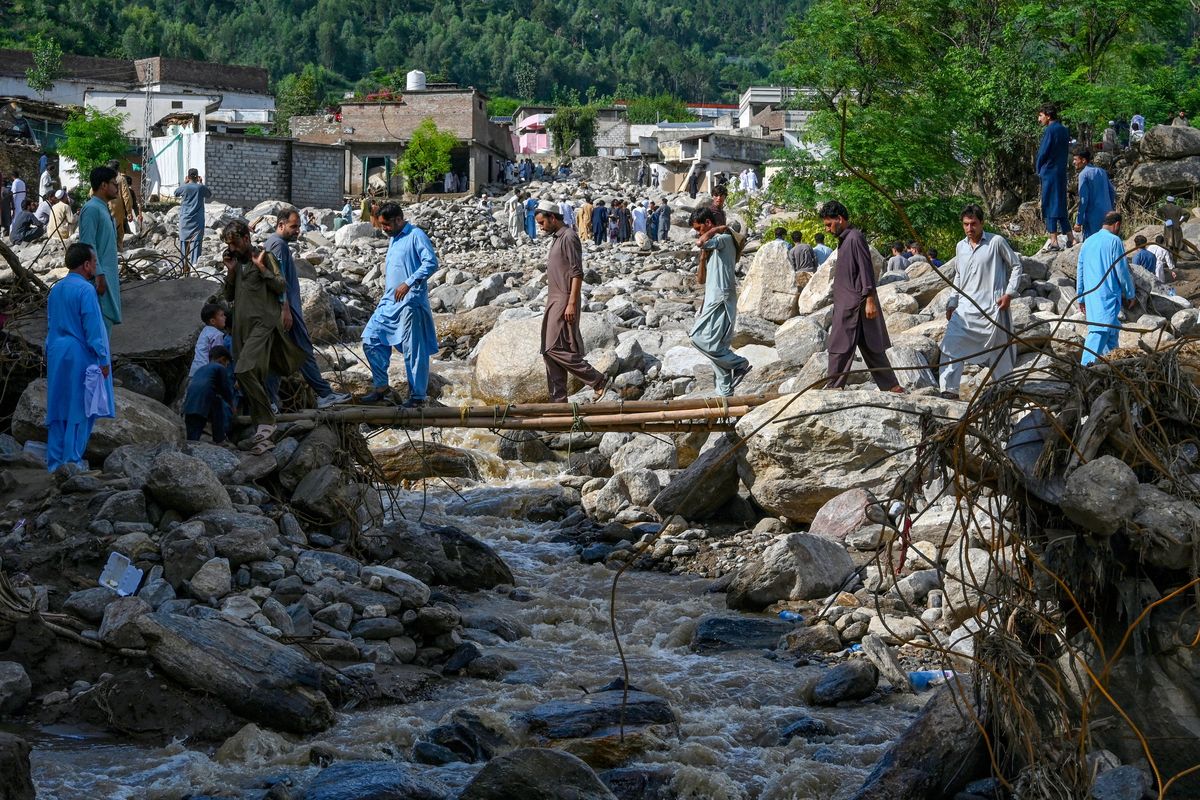
People cross a makeshift bridge at the flood-affected Buner district in Pakistan's mountainous Khyber Pakhtunkhwa province on August 19, 2025.
AFP
The death toll from weeks of heavy monsoon rains and flash floods across Pakistan has risen to 759 since June 26, the National Disaster Management Authority (NDMA) said Thursday. Another 993 people have been injured nationwide.
Khyber Pakhtunkhwa province has been the hardest hit, with 454 fatalities, according to NDMA. The Provincial Disaster Management Authority (PDMA) said that since August 15 alone, the death toll in KP has reached 408, including five provincial government officials who died in a helicopter crash during flood relief operations.
PDMA spokesperson Anwar Shahzad said the death toll climbed to 234 in Buner, the most affected district, after five more bodies were recovered. He reported 36 deaths in Shangla, 25 in Mansehra, 22 in Swat, 22 in Bajaur, 42 in Swabi, 15 in Battagram, five in Lower Dir, two in Nowshera, and one in Abbottabad.
The spokesperson added that 190 people were injured in KP, while 1,618 houses, more than 302 schools, shops, and police stations were damaged. At least 5,629 cattle also perished in the floods.
According to NDMA, Punjab province recorded 165 deaths, including 63 men, 31 women, and 71 children. Sindh followed with 42 deaths, while 23 fatalities were reported in Balochistan, 45 in Gilgit-Baltistan, 22 in Pakistan-administered Kashmir, and 8 in Islamabad Capital Territory since June 26.
According to NDMA’s gender-wise breakdown, 458 men, 115 women, and 186 children were among the deceased.
Warning for Sindh and Karachi
Even as rescue and relief efforts continued in flood-hit northern districts, officials warned of new risks in southern Pakistan.
Authorities on Wednesday cautioned that heavy rainfall between 50 and 100 millimeters or more was expected to batter Karachi and parts of Sindh over the next 12 to 24 hours. The system, tracked by Zoom Earth, was projected to strike Hyderabad and Karachi.
The NDMA advised residents of vulnerable districts, including Karachi, Hyderabad, Thatta, Badin, Mirpurkhas, and Sukkur, to remain alert. Urban flooding was expected to persist in Karachi, Hyderabad, Sukkur, and Mirpurkhas, exacerbated by poor drainage infrastructure.
Districts such as Thatta, Badin, Jamshoro, and Dadu faced an elevated risk of flash flooding, while rising water levels in the Indus River and its tributaries threatened to inundate low-lying areas.
Officials warned that major highways and local roads could be submerged, disrupting traffic and daily life. They urged households to relocate valuables and livestock to safer locations and prepare emergency kits with food, water, medicines, and first aid.
Karachi deaths
In Pakistan’s largest city, Karachi, at least 17 people were killed this week after heavy rainfall triggered wall collapses, electrocution, and a fire.
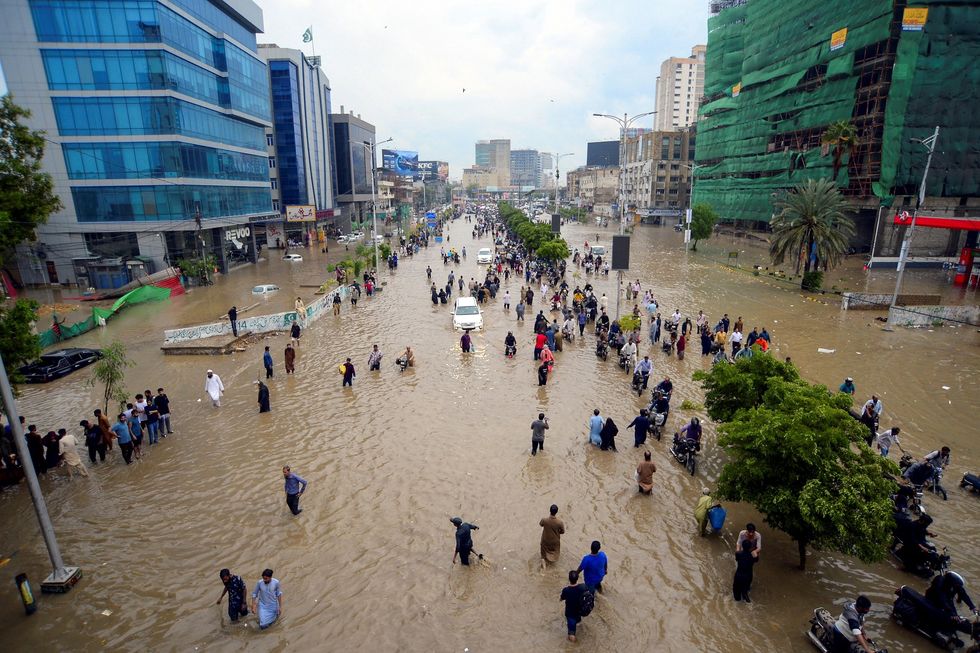
In Gulistan-e-Jauhar, a wall collapse killed four members of a family, including a mother and her two young children. Another child was killed in Orangi Town, while two men died from electrocution in separate incidents. Two others died in a fire at a fuel pump in Malir.
Rescue officials said the torrential rains overwhelmed Karachi’s fragile drainage and power systems, a recurring problem during the monsoon.
Sindh minister defends city’s flood response
Addressing a press conference in Karachi, Sindh Information Minister Sharjeel Memon said the scale of urban flooding in Karachi could have been avoided if the rains had come in intervals rather than in one to one-and-a-half hours of intense downpour.
He said the Karachi Metropolitan Corporation had already cleared storm drains in advance, noting that in the past water accumulation on roads used to be worse.
Memon added that the chief minister, mayor, commissioner, and KMC staff were on the streets during the rains, while machinery was deployed at underpasses to pump out water.
He offered an apology on behalf of the Sindh government for the difficulties faced by citizens and said Chief Minister Murad Ali Shah was personally monitoring the situation.
The minister noted that most deaths in Karachi were caused by electrocution and wall collapses.
‘Unusual monsoon’
Officials described this year’s rains as an “unusual monsoon.” Pakistan has now recorded nearly 750 flood-related deaths this summer, surpassing last year’s toll.
In July, Punjab alone received 73 percent more rainfall compared to last year, causing more fatalities than the entire previous monsoon season.
Monsoon rains, which bring about three-quarters of South Asia’s annual rainfall, are vital for agriculture but also cause devastating floods between June and September.
Pakistan is among the world’s most climate-vulnerable countries. In 2022, catastrophic monsoon floods submerged a third of the country and killed about 1,700 people, underscoring the mounting risks of extreme weather.


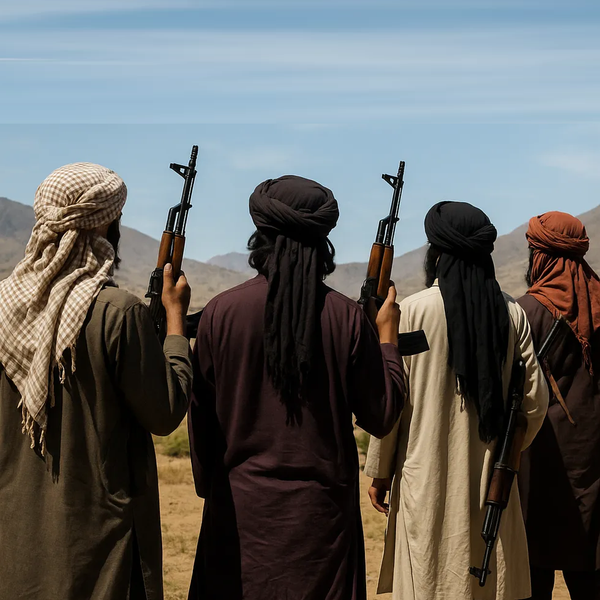
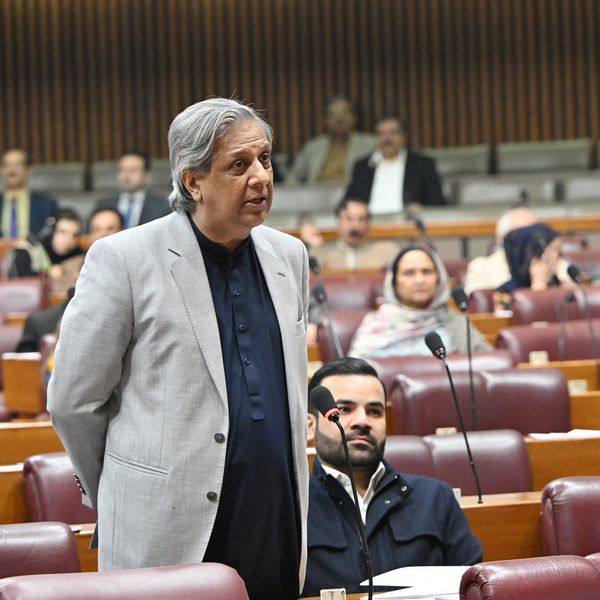

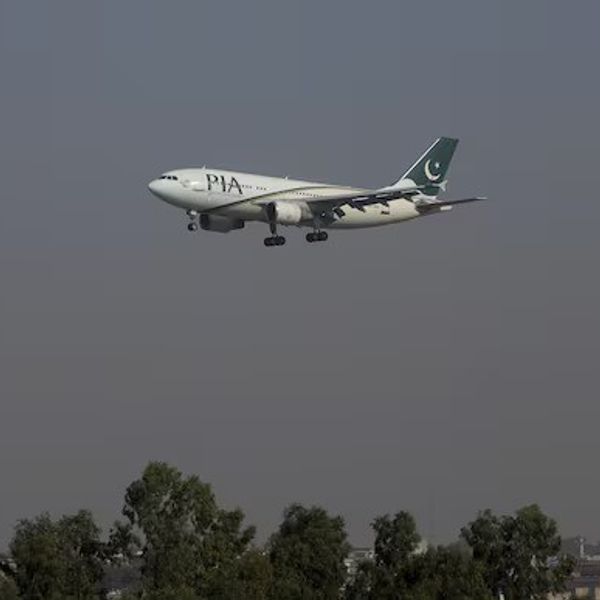




Comments
See what people are discussing